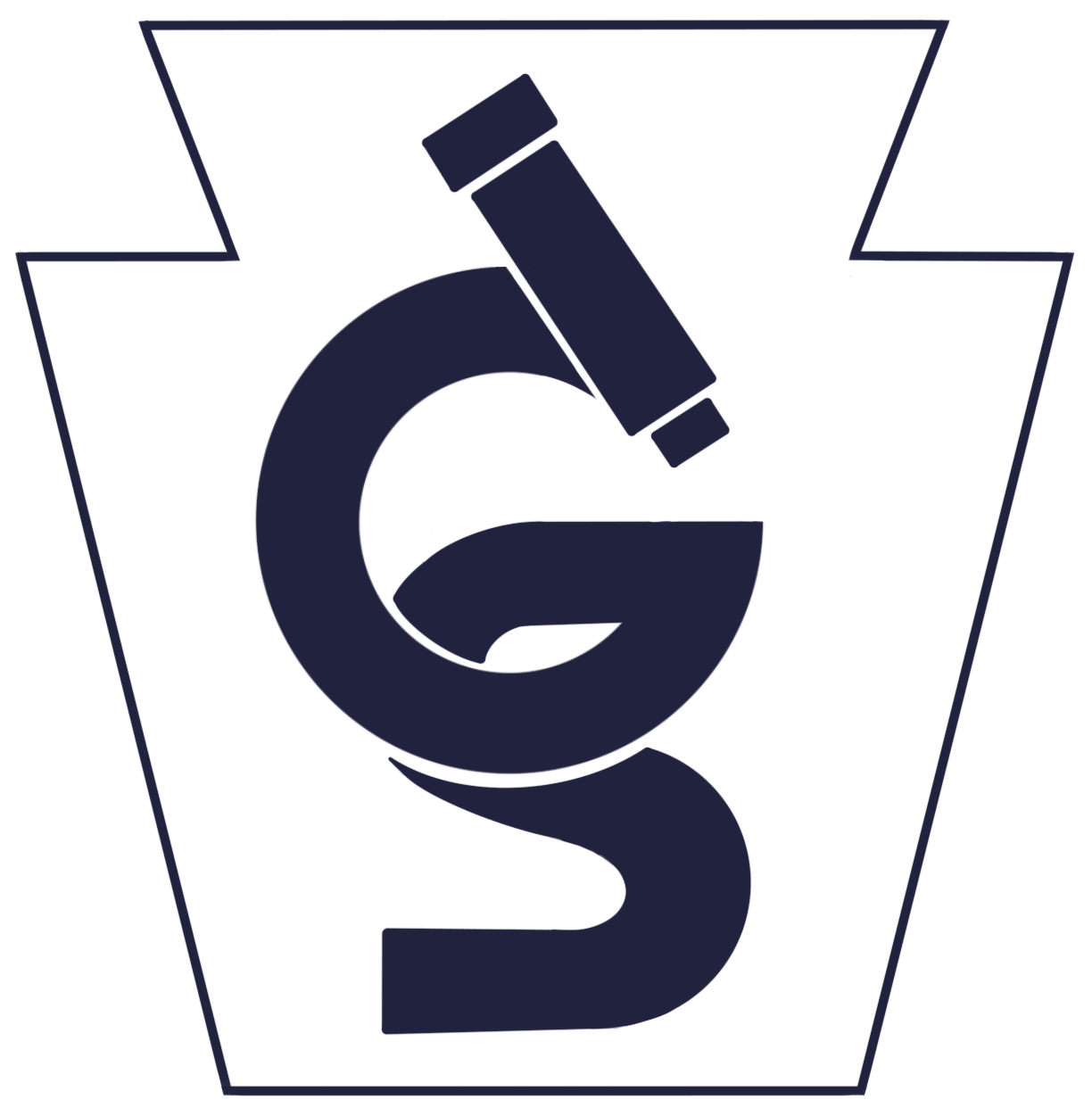Elective Courses
Each year PGSS offers a 6-8 options for elective courses. Students are strongly encouraged to explore their interests or a new topic by taking at least one of these courses. Many students choose to take two or three electives while in the program.
Electives courses meet twice a week for 50-minute lecture periods in the first four weeks of the program. Descriptions of the 2024 elective offerings are below.
2024 Elective Options
Mathematical Finance | Modern Finance relies on mathematical and statistical tools to determine appropriate prices for assets and to identify profitable trading strategies. Traders use advanced probability models to reduce their risk while maximizing the return on their investments. The fundamental ideas on which these probability models are built are accessible to high school students, and that is what this course will present. No background in finance will be assumed, and the mathematical problems we will be solving are relatively simple. The emphasis will be on determining *what* problems to solve, and understanding *why* they are relevant.
The first few lectures will introduce asset classes, markets, interest rates and the time value of money. After that we will introduce the concept of arbitrage and derive the law of one price and the concept of replication. We'll apply the concept of replication to determine the appropriate pricing of forward contracts.
Laser Technology | In this elective, you will learn about the fundamental properties of photons from the quantization of energy to the wave –particle duality of light. We will review the history of the laser starting with its theoretical origins and early incarnations and expand into the different types of present-day lasers and their applications. The architecture for the latest exotic lasers such as ultrashort pulsed lasers and high energy lasers will be explored. There will be discussions about the role of lasers in manufacturing, communications, medicine, and defense. The course will conclude with anticipated future developments in the field and its potential for growth.
Foundations of Music: Science and Mathematics | Music is an art, judged on its aesthetics through the lens of human perception. But to look closely at the fundamentals of music we find many ties to science and mathematics. In this course the mechanics of sound waves will be studied as it relates to music. We will discuss the mathematical principles behind written music, the structure of musical scales, and the science behind various methods of creating music. A study of the mechanics of microphones and speakers will describe how sound can be converted into electrical signals, stored and converted back to sound. The impact of computers and digital technology will be addressed. Students will generate and analyze sound electronically, using smartphones as tools to collect information about the natural music that surrounds them. Students will also learn about (and have the opportunity to play) the first and most fascinating digital musical instrument, the Theremin.
You and your Microbiota: the role of the microbiota in physiology and disease | Bacteria are a scourge, causing life-threating infections like tuberculosis, meningitis, and pneumonia and less severe ear infections and strep throats that plague many childhoods. On the other hand, the healthy human microbiota is a community of microorganisms dominated by trillions of bacteria that reside everywhere from our skin to nasal passages and gut. This “virtual organ” is estimated to weigh as much as the human brain and contributes to essential bodily functions like food metabolism and defense against infection, while also impacting memory, anxiety, and depression. Changes in the gut microbiota are also associated with chronic diseases including autism, obesity, allergies, and inflammatory bowel disease. It is not known why the incidence of these chronic diseases is rising, but excessive antibiotic use and dietary changes that harm our gut microbes may be contributing. In this course, we will explore how bacteria make us healthy and what we can do to nurture our microbiota. We will approach these topics primarily through lectures emphasizing experimental data interpretation and team- based problem solving.
Brain on the Fritz – A survey of neurological diseases | 1 in 6 people suffer from a neurological disease. Sometimes their impairment is visually obvious, like in the case of motor disorders, but often neurological disease is invisible. Depression, anxiety, Alzheimer’s, schizophrenia, and addiction can hide in plain sight. In this course, we will discuss a variety of neurological diseases starting with their symptoms and working through the molecular underpinnings. We will begin with a brief introduction to basic neurobiology and then move on disease states. The elective will cover numerous diseases ranging from Parkinson’s to addiction.
Artificial Intelligence and Machine Learning | AI has become a major new approach in the scientific toolbox. We will start with the basics of machine learning, looking at a number of different techniques, and progress to deep learning (using neural nets), with an emphasis on scientific applications. There will be hands-on, using the Bridges supercomputer, and students will be able to build their own neural net applications before we are done. No prior specialized knowledge is assumed, although familiarity with Python will be helpful.
Elements of Matter: Exploring the World of Inorganic Chemistry | In this course, learning about the characteristics of inorganic compounds and the elements is the main goal. The discussion of the electronic structure of elements serves as the foundation for both their properties and how they are arranged in the Periodic Table. Using several models, including Lewis structures, VSEPR, and Molecular Orbital Theory (which includes group theory and the linear combination of atomic orbitals), we will talk about atomic structure and the bonding of diatomic and polyatomic compounds. The understanding of the structure, spectroscopy, and reactivity of 3d metal complexes may also be covered. We shall examine the electronic structure of these metal complexes using ligand field theory as a basis.
